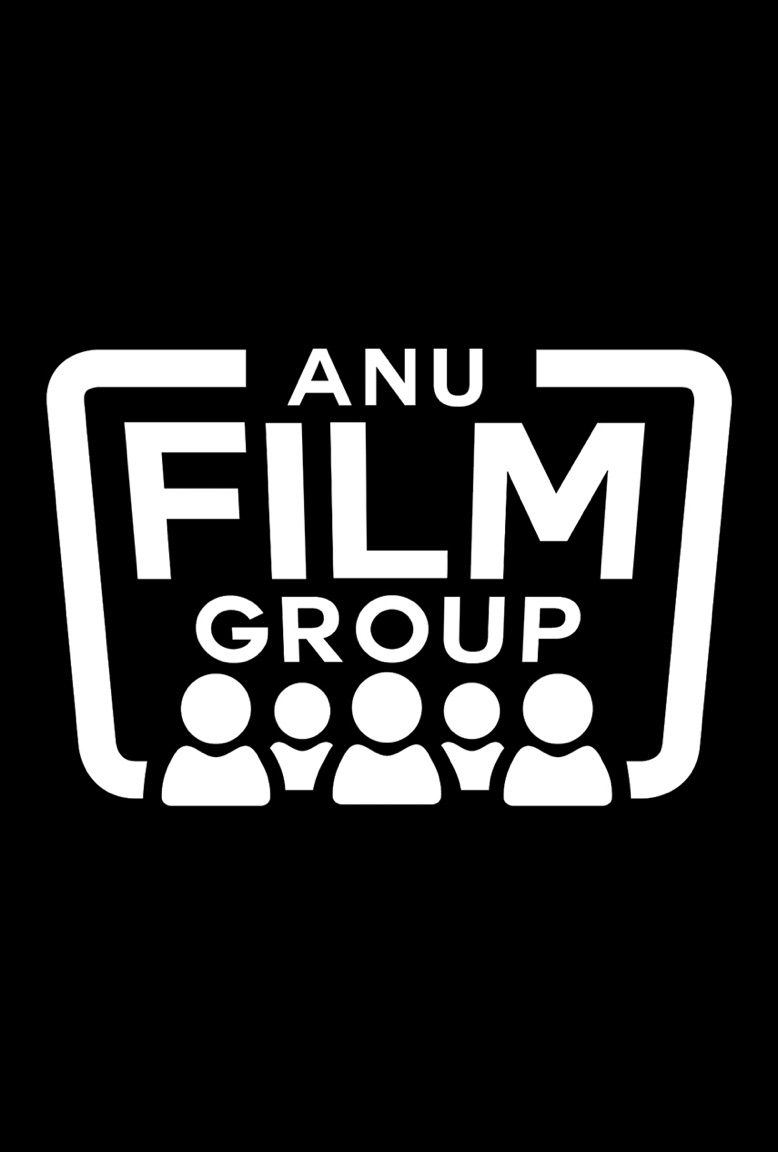Film Screening 2nd September, 2001

Blue
1:30 PM, 2nd September, 2001
- M
- 100 mins
- 1993
- Krzysztof Kieslowsk
- Krzysztof Kieslowski, Krzysztof Piesiewicz
- Juliette Binoche, Beno"t R((eacute))gent, Florence Pernel
The three colours of the French flag represent libert((eacute)) (blue), equalit((eacute)) (white) and fraternit((eacute)) (red). Trois Couleurs: Bleu explores the idea of liberty for Julie (Binoche) albeit in tragic circumstances when she is left alone after her husband and child die in a car accident. However, Julie is unable to find real freedom until she can come to grips with the past. Despite the pain that envelopes the film there is immense beauty here -- the blue motif finds poetic and emotional resonance in the performance of Binoche (the best of her career). The lost husband had been commissioned to compose a symphony celebrating the European Union, and the parts that we hear have been criticised as workmanlike in comparison to the genius the husband was meant to be. Nonetheless, for me these moments hold great power, especially when they resurface as Julie's memories on a blackened frame. There is no doubt that Blue is a difficult film, but Kieslowski's masterpiece should not be missed, and the more often it is seen the more rewarding the experience becomes.
Trivia: Look out for the scene where Julie pokes her head into the wrong courtroom. You'll see this replayed from a different perspective in White. Also watch for the old person trying to put an empty bottle into a recycling bin -- this image is replayed in different circumstances in all three films.
Alastair Wilson

White
3:10 PM, 2nd September, 2001
- M
- 92 mins
- 1994
- Krzysztof Kieslowsk
- Krzysztof Kieslowski, Krzysztof Piesiewicz
- Julie Delpy, Zbigniew Zamachowski, Janusz Gajos, Jerzy Stuhr
The second of Kieslowski's trilogy, White focuses on the theme of equality, or rather the lack of it. Karol is a Polish hairdresser working in France who is divorced by his beautiful wife, Dominique (Julie Delpy), because he was unable to consummate their marriage. When she rejects his overtures of reconciliation, Karol loses all of his possessions and is forced to live in the streets. He makes friends with another Polish national and arranges to be smuggled back into Poland in a suitcase (because he has also lost his passport). En route, his suitcase is stolen and he is beaten up by the thieves. Karol gradually recovers his wealth and standing and he tries again to win back Dominique. Of the three films in the trilogy, this is the most humourous (though the humour is of a very dark nature) and Julie Delpy does look good in white.
Alastair Wilson

Red
4:57 PM, 2nd September, 2001
- M
- 95 mins
- 1994
- Krzysztof Kieslowski
- Krzysztof Kieslowski, Krzysztof Piesiewicz
- Ir((eacute))ne Jacob, Jean-Louis Trintignant, Fr((eacute))d((eacute))rique Feder
Whether a technologically driven line of communication is actually achieving more or less interconnectedness is a question posed by Kieslowski's last film before his death: Trois Couleurs: Rouge. Sometimes these are telephone lines as between Victoria (Irene Jacob) and her boyfriend in England, sometimes they are tapped telephone frequencies that allow a retired judge (Jean-Louis Trintignant) to listen to his neighbour's cordless phone calls. Also considered is the role of fate or chance in determining who we connect with (or whether when we make a call it turns out engaged). So it is that Victoria lives opposite a law student Auguste (Jean-Pierre Lorit), who she has never met, but whose life is beginning to parallel that of the judge in his youth. Instead, the lives of Victoria and the judge intersect when his dog is injured by her car and an intriguing friendship is formed that allows each to confront their loneliness. Jacob is good as the model who begins to question the direction of her life, but Trintignant is most impressive as the embittered man whose seeming control over storms may or may not suggest he is God. This is a warmer film than either Blue or White (if only due to the colour) and a compelling depiction of the way coincidences may affect our lives.
Alastair Wilson